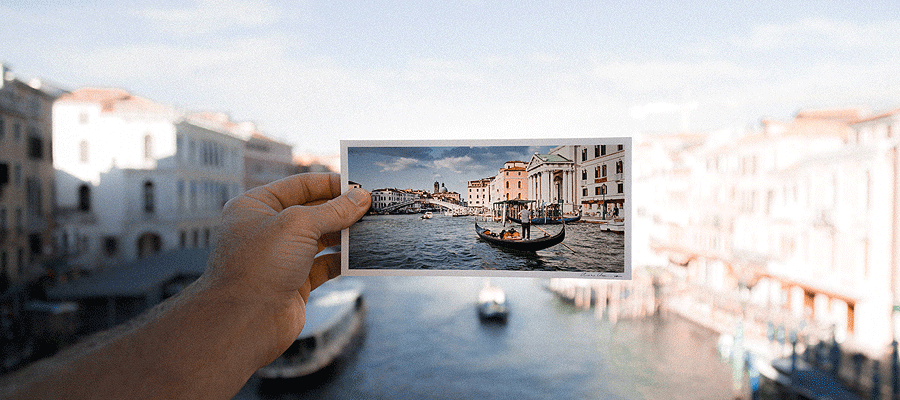The text effectively summarises the aspects of contemporary image optimisation and mentions some best practices for optimisation, delivery and automation. You can find the full text linked below as a free download.
“Modern digital experiences are primarily visual. We use images to tell stories, sell our products, convey messages and entertain our audiences – all of which create an emotional connection with our customers. But in today’s digital world, delivering image-rich experiences can become a major challenge. Dozens of image versions are required to display the optimal image on every device and via every network connection. Without an automated system, this task is extremely tedious. The solution to the problem is technologies that dynamically optimise images.”
A. They play a starring role, no doubt. This is because modern digital experiences are primarily visual in nature. Whether we want to bring customers closer to our brand, offer them news, entertain them or help them use our products, we tell stories with images.
The old adage “A picture says a thousand words” has never been truer than it is today. Not only do images convey information faster than words, they are also much more appealing: they create an emotional connection for the user. Consumer studies reveal that Generation Y – currently the largest demographic group – relies even more on visual impressions than previous generations. It is, therefore, not surprising that companies in all industries are investing in high-quality visual content.
Unfortunately, as visually intense experiences increase, so too does the volume of data on pages – and performance suffers as a result. With images now accounting for the majority of page load times, optimising them is key to improving overall performance. This is especially important on mobile devices, which are responsible for an increasing number of page views and for which special restrictions often apply. In truth, however, this applies to any digital experience: whether via a website, app, social media feed, smart TV app, digital signage in shops or an IoT app.
F. Why is it so difficult to create, store, manage and deliver appropriate assets?
A. It represents a very complex challenge.
First of all, the sheer number of images required in today’s digital experiences can become a challenge. Online shoppers want to see images of the products they might want to buy – such as clothing, furniture or vehicles – and they want to see them in every colour, from every angle and in close-up, in order to get a sense of the fabric, material or finish. Retailers tell us that, as soon as Amazon adds a new product view, they have to follow suit immediately so that their online shops don’t look outdated. As the product selection increases, so does the number of images, of course.
F. What are the shortcomings of dynamic image optimisation technologies and what future requirements do providers need to prepare for?
A. The different solutions for dynamic image optimisation also boast different functions. In general, however, all solutions include image editing functions – such as cropping, and size or colour adjustments respectively. This eliminates the need to create additional versions for close-ups, thumbnails or black and white images. Some solutions also offer image conversion capabilities to ensure that assets are displayed properly on many different screen sizes and by a variety of different software. With some solutions that specialise in retail, you can also compile different images and display them as a kind of collage...
